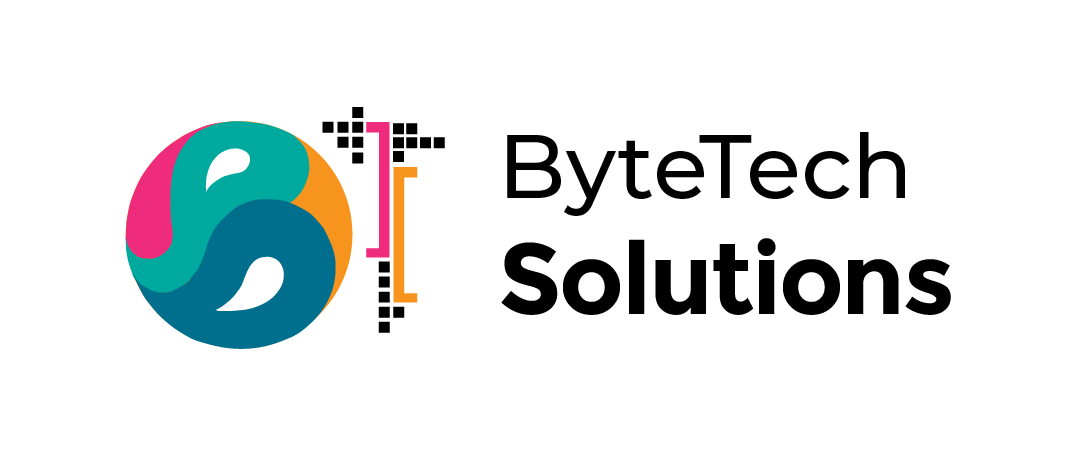The crucial relevance of data security cannot be emphasized in a time when digital transformation is fueling innovation and growth across industries. The importance of protecting sensitive data has increased as businesses depend more and more on digital technologies to store and handle such data. In this blog, we will cover typical cybersecurity risks, examine software options for protection, and debate the serious topic of data security in the digital era. We will also provide businesses with useful advice and best practices for protecting their sensitive data while upholding consumer confidence.
Data Security Is Essential
The amount of data handled by firms as they switch to digital operations has increased rapidly. Customer information, proprietary information, financial records, and other information may be included in this data. In addition to adhering to data protection laws, protecting this data is also a crucial step in gaining clients’ trust. Significant financial and reputational harm can result from data breaches.
Typical Cybersecurity Threats
Understanding the risks that sensitive data faces is essential for effective data protection. Common threats to cybersecurity include:
- Phishing attacks: deceptive emails and messages sent to people in an effort to coerce them into disclosing private information.
- Malware: Malicious software that can infect computers and steal data, such as viruses and ransomware.
- “Insider Threats” refers to dishonest behavior or carelessness on the part of workers or subcontractors that jeopardize data security.
- Distributed Denial of Service (DDoS) Attacks: These include flooding a system or website with visitors in order to obstruct business or steal information.
- Insufficient password procedures make it simpler for hackers to acquire illegal access.
Software Tools for Protection
Thankfully, technology provides a wide range of options for protecting data:
- Firewalls: fire barriers by filtering incoming and outgoing traffic, these serve as a barrier between your internal network and potential outside threats.
- Software for Malware and Virus Protection: These tools scan your systems for harmful software and eliminate it.
- Encryption Software: By encrypting sensitive data, you may be sure that even if it is intercepted, it cannot be decoded.
- Multi-factor Authentication (MFA): By forcing users to submit various forms of identification, MFA adds an additional layer of security.
- Systems for managing security information and events (SIEM): SIEM tools track and examine system logs to assist identify and address security incidents.
Practical Tips and Best Practices
A comprehensive strategy is necessary to secure sensitive data. Here are some helpful advice and recommended techniques:
- Data Classification: Determine which information needs the highest level of protection by identifying and classifying your data.
- Employee Training: Educate your staff on cybersecurity best practices, placing a focus on the value of secure passwords and how to spot phishing scams.
- Regular Patching and Updates: Update your systems and software frequently to guard against known vulnerabilities.
- Access Control: Put in place stringent access restrictions to guarantee that only authorized people can access critical information.
- Data Backup and Recovery: To reduce downtime in the event of a breach, regularly back up your data and have a reliable recovery plan in place.
- Incident Response Plan: Develop a comprehensive plan for responding to security incidents to minimize damage and recover swiftly.
To sum up, data security is an important part of conducting business in the digital age. A data breach can have disastrous effects on both the company’s finances and the faith of its customers. Businesses can strengthen their defenses, safeguard sensitive data, and keep customers’ trust in this age of digital transformation by being aware of the threats, implementing the proper software solutions, and adhering to best practices.





